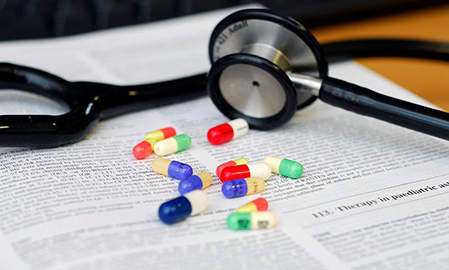Antibiotic resistance is a national and international threat which the Centers for Disease Control and Prevention estimates is associated with around 2 million illnesses in the US every year, and for which the World Health Organization is urging governmental interventions.
Among the WHO’s growing list of unassailable diseases: multidrug-resistant tuberculosis, of which there were 450,000 new cases in 2012, multidrug-resistant staph infections (often picked up in hospitals), some urinary tract infections and some pneumonias.
A WebMD/Medscape study says it’s possible to turn this around if healthcare HCPs narrow their prescribing motivations and if providers simply talk to their patients.
Among HCPs, WebMD and Medscape found prescribing patterns varied with medical status: MDs and nurse practitioners said they prescribed antibiotics around 20% of the time when they were unsure if it would help patients, but physician’s assistants said they prescribed antibiotics 25% of the time when they were unsure. Although “certain enough” was a common reason for dispensing antibiotics even when there were questions about effectiveness, 28% of HCPs said they doled out the medications because a patient asked for one and 11% said they gave antibiotics to patients who say they are worried about missing too much work if they don’t get better quickly.
The study of 1,174 patients found that 12% claimed to have had infections antibiotics could not kill off, and while 93% told WebMD and Medscape that they believed it is harder to treat some infections because they no longer respond to their onetime medical nemeses, 7% believed resistant infections were limited to hospital settings.
Of additional concern—18% said they hang onto antibiotics to use them later, which is a problem: failure to take an antibiotic’s full course increases the risk that the drug will not work as well against the illness. Nineteen percent said they share their antibiotics or have taken someone else’s antibiotics for their own use. Both are problems because the drugs may be used inappropriately, and both have the potential to weaken the drug’s effectiveness beyond the independent patient—bacteria mutate to get around these solutions, and the more they are exposed, the more opportunities they have to morph.
WebMD’s expert pediatrician Hansa Bhargava tells MM&M that she saw positives in the report, such as the finding that 72% of the 269 patients who said they asked for an antibiotic but were told it was not needed were OK with leaving prescription-free after talking with their doctor.
Ninety three percent of the 174 patients who asked for an antibiotic but were told they should not have one also told WebMD and Medscape that they would be OK leaving empty handed and would leave feeling satisfied if they were provided a care plan that explained what symptoms should prompt them to return to the doctor’s office for follow-up care. Ninety-one percent of this same group said they would feel satisfied if they were told how they will feel as the illness works itself out.
Doctors told WebMD and Medscape that what they really need is an ability to provide more patient education—which Bhargava says shows that there is an opportunity and willingness to give patients the tools for better health practices. She notes that this also means thinking about the patient perspective from a non-medical standpoint. She says hospitals are reaching for this balance of information and containment, wrapped in a way that “makes patients happy,” which amounts to what she says is a customer-service perspective.
Bhargava says that the need for educational materials is important partly because office visits are so short. The pediatrician says she may see her charges “15 minutes once every three months, once every six months,” so printed or digital tools are essential. She also says the study’s results help “me understand my gut feeling… having a conversation with a patient” makes a difference.








